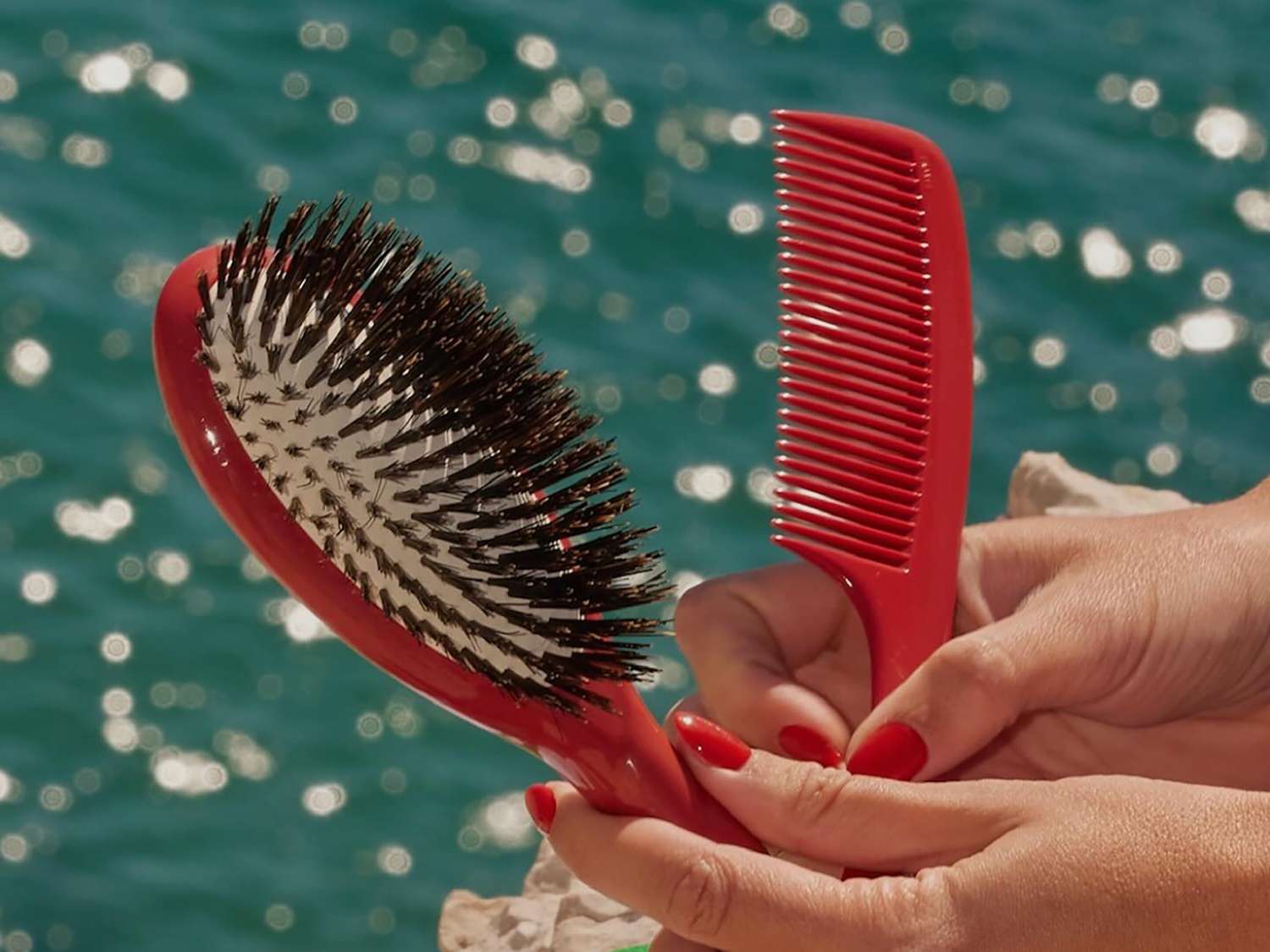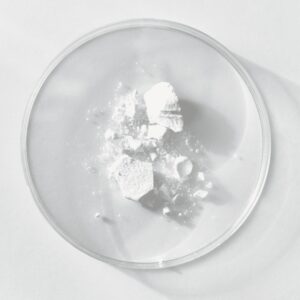Close 
@labonnebrosse / Instagram
In This Article
Why You Need to Clean Your Hair Brush How Often You Should Clean Your Hair Brush How to Clean Your Hair Brush When to Replace Your Brush The Final Takeaway
You may be diligent about regularly cleaning your makeup brushes to prevent dirt and grime from transferring onto your face, but are you keeping that same energy with your hair brushes? If not, you might want to. "Cleaning your hairbrush is important because, over time, it accumulates hair, oil, dead skin cells, product residue, and environmental dirt," says colorist Jacob Sirianno. "If not cleaned regularly, these buildups can be transferred back to your hair, leading to scalp irritation, greasiness, and dull-looking hair."
We spoke with Sirianno and celebrity hairstylist Andrew Fitzsimons to get their take on why it's essential to clean your hairbrush, how to go about it, and how often to do it. Keep reading for what they shared.
Meet the Experts
- Jacob Sirianno is a hair colorist based in New York City and Los Angeles.
- Andrew Fitzsimons is a celebrity hairstylist. His clients include Kim Kardashian, Khloe Kardashian, and Megan Fox.
Why You Need to Clean Your Hair Brush
Like anything else, hair brushes get dirty with frequent use. “Broken hair, product residue, oils, dead skin cells, and even dust mites can build up in your brush—rendering it less effective and potentially damaging your scalp,” Fitzsimons explains. “Every time you brush your hair with a dirty hairbrush, it redeposits all of that gunk into your clean hair. When you regularly clean your brush, you’ll find that your hair becomes less oily, frizzy, and tangled.”
Sirianno adds that a dirty brush can also harbor bacteria and yeast, which may contribute to dandruff and other scalp conditions or infections.
How Often You Should Clean Your Hair Brush
A thorough cleaning once a month is enough for most brushes and hair types—but the answer really depends on how often you can realistically commit to upkeep. If you're diligent, Sirianno recommends cleaning your hairbrush at least once a week, especially if you use a lot of styling products or have an oily scalp. "If you have dandruff, clean your brush once a week to make sure dead skin flakes don't make it back into your hair after washing or exfoliating your scalp," adds Fitzsimons. For those who use fewer products and have dry hair, cleaning it once every two weeks may be sufficient.
Sirianno also notes that removing loose hair from the brush daily can help prevent excessive buildup between deeper cleanings.
How to Clean Your Hair Brush
Remove Hair and Buildup
The first step to cleaning your brush is removing all the trapped hair from the bristles, ensuring there is no tangling around the base. "This can be done with fingers or pointy objects like scissors, chopsticks, or a pen," says Fitzsimons.
Clean the Bristles
Once all the hair is removed, Sirianno recommends mixing warm water with a few drops of mild shampoo or liquid soap. For plastic or synthetic brushes, soak the brush in soapy water to loosen dirt and grime. For wooden brushes, dip a toothbrush or small cleaning brush into the soapy water and scrub between the bristles, being careful not to fully submerge the brush to prevent warping.
Fitzsimons adds that you can use any soap for synthetic brushes—dish soap, shampoo, or body wash. For brushes made with wood or other natural materials, a mild, sulfate-free shampoo is best. Use a spare toothbrush or small brush to scrub the bed and bristles for a thorough clean.
Rinse the Brush
Sirriano advises rinsing the brush thoroughly under running water to wash away all soap and residue. Be mindful of the brush's material—avoid letting water soak into the base of wooden or cushioned brushes.
Let the Brush Dry
Once you've removed all the buildup from your brush, rinse it thoroughly, squeeze out excess water, and shake it off. Place the brush bristle side down on a clean towel in a well-ventilated area to allow proper drainage. "Ensure it is completely dry before the next use to prevent mold or mildew," cautions Sirriano.
When to Replace Your Brush
Sirriano also recommends replacing your hairbrush every six to 12 months, depending on its condition and usage. Signs that it’s time for a new brush include bent, broken, or missing bristles; a worn-out cushion or base; persistent residue or buildup that can’t be removed; or unpleasant odors even after cleaning. “A worn-out brush won’t effectively detangle hair and could cause damage or irritation to the scalp,” he explains. “Regular cleaning and timely replacement ensure your brush stays effective and safe for daily use.”
The Final Takeaway
Regularly washing your hairbrush—anywhere from weekly to monthly—prevents the buildup of hair, oil, dead skin cells, product residue, and environmental dirt. It's simple: Just use a bit of soap and water and ensure it dries thoroughly. If bristles are damaged, missing, or melted from hot tools, it's usually a sign it's time for a new one. If your brush remains in good condition, aim to replace it once a year. "Regular cleaning will help extend its lifespan and save you the hassle of replacing it due to damage or buildup," Fitzsimons says.

